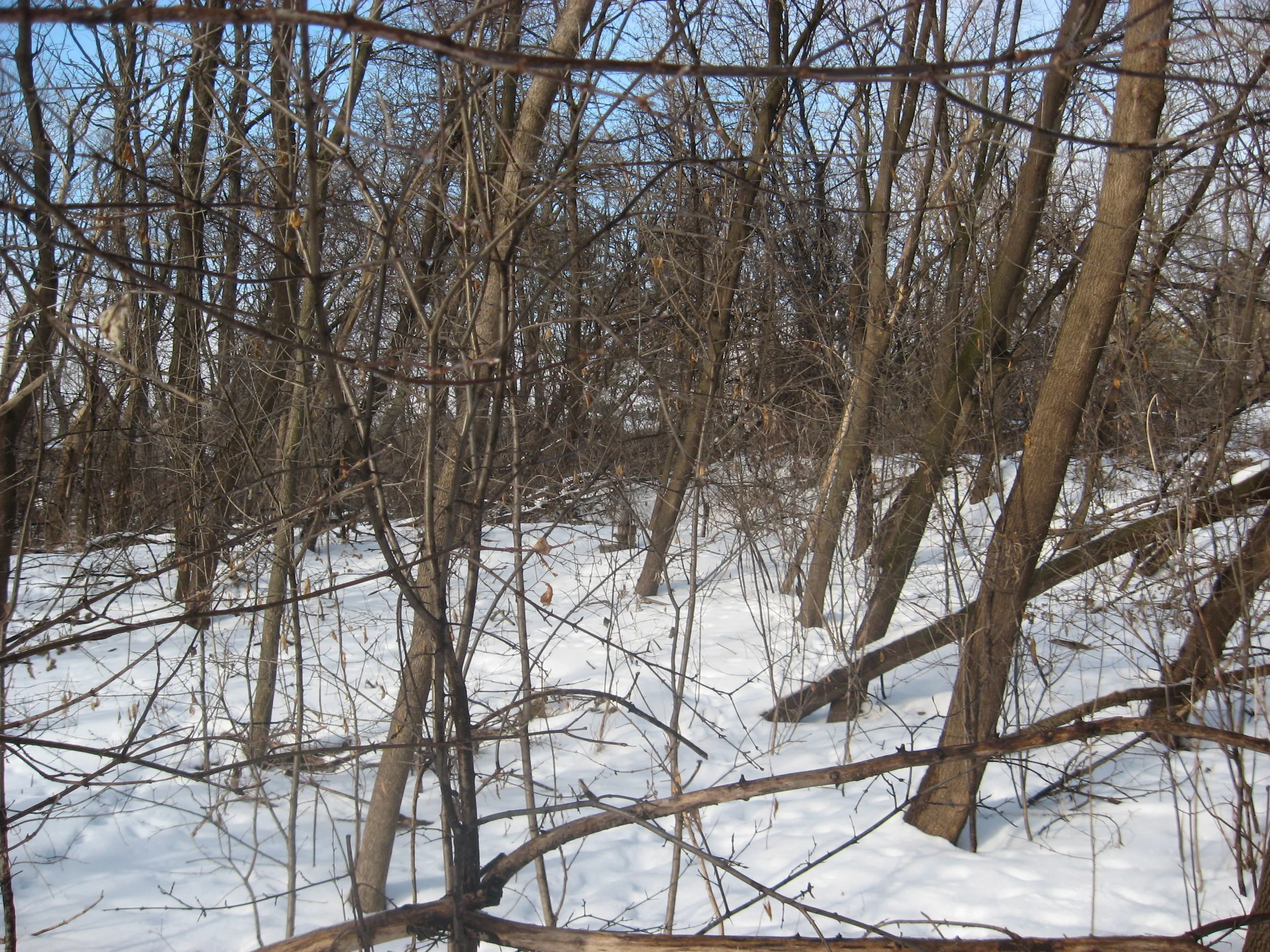Cold Weather Firestarting
Fire is perhaps our most important tool in the wilderness. We rely on it for warmth, light, for cooking food, and for purifying water among other things. The ability to start a fire in less than ideal conditions is especially important, as that's when we need it most. On this trip we'll practice a few techniques to see what works and what doesn't.
The Conditions
Although the sun came out in the morning, there was a freezing rain throughout the night. Everything was either frozen or soaked. Finding usable tinder will be a challenge.
After some searching, I found a cluster of milkweeds. The inner fluff from the seedpods makes an excellent tinder, and the waterproof pods keep it dry in the rain.
A Flash Tinder
I chose a sheltered spot in the woods and laid a base for my tinder. Milkweed is considered a 'flash tinder', in that it ignites readily but burns very quickly--usually just a second or two. We'll have to add additional material to prolong the burn time. I would normally use shredded birch bark, but with none available I opted for shavings from the dry inner wood of a maple twig.
One strike from the ferro rod was all it took. It burned on its own for about 15 seconds, more than enough time to get a kindling going.
Next, I thought I'd try a convex lens on some punkwood (dried out rotten wood). I was able to find some on a dead-standing silver maple.
Using a Convex Lens
Focus the beam into a small circle on the wood. It should start to smoke almost immediately. Hold it there for a few more seconds and the wood will continue smoking on its own. Blow on it to create a larger coal. Next, place this in a tinder bundle and blow it into flame. On very soft pieces, it's sometimes possible to blow the punkwood itself into flame.
That's all for today. I'll be experimenting with other techniques in the near future.
Thanks for looking.












